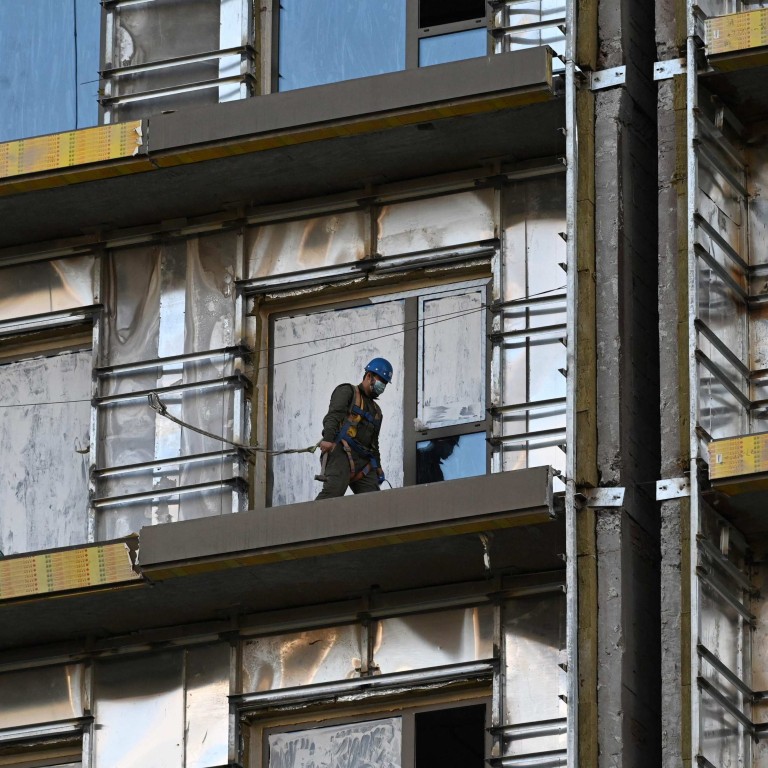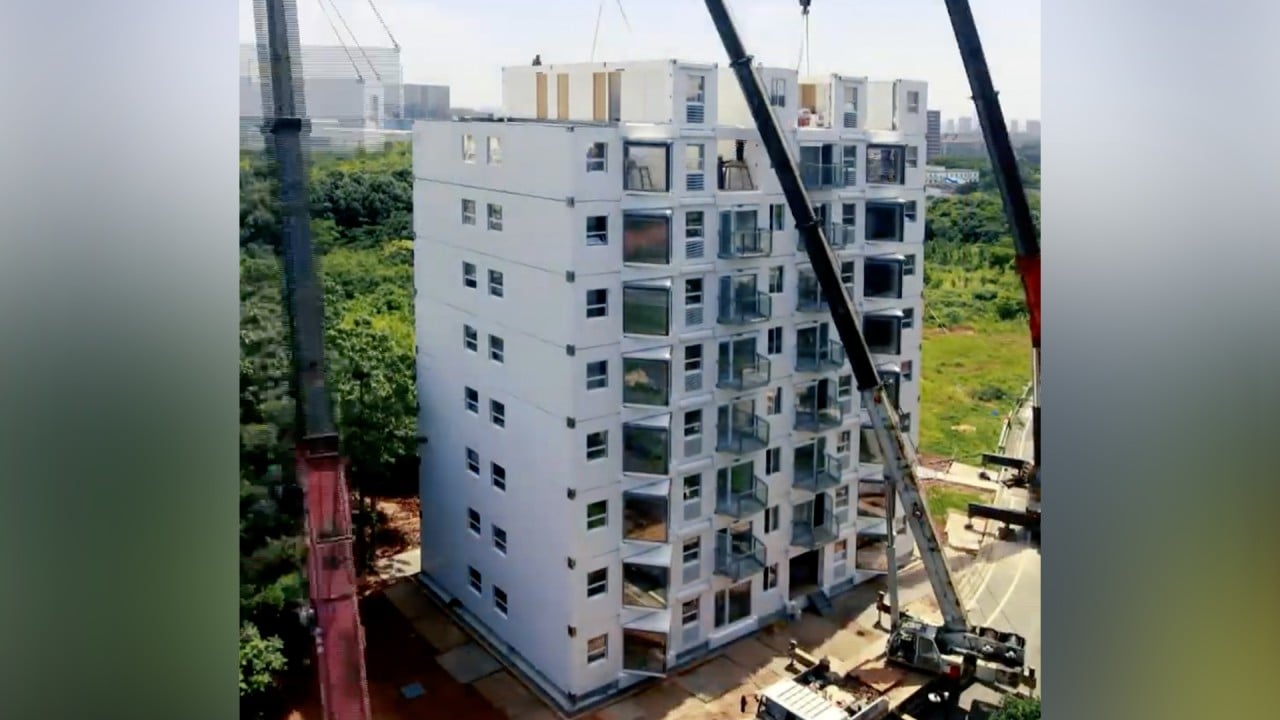
China’s property market crackdown: how concerned should investors be?
- While fundamental demand for homes peaked in 2018, real estate investment was buoyed by the wall of money created by the central bank
- The property investment carnival encompassed the central government, local administrations, wealthy households, banks and developers, but the drive towards common prosperity may spell its end
However, an abrupt change of expectation for such a large part of the economy and financial system is risky. Beijing, therefore, has a delicate task on its hands and needs to proceed cautiously.
On the former, demand – measured by unit of property – peaked around 2018 and is expected to decline in the future because of deteriorating demographics. This does not necessarily mean that property transaction values will decline, given that new flats will be larger, of better quality and packed with modern facilities.
However, it is true that diminishing fundamental demand does not bode well for the housing market, all else being equal.
Hence, China stands as an outlier globally on all the standard metrics of housing affordability, such as price-to-income ratio, rental yields and mortgage serviceability.
With tough economic choices ahead, can China still have its cake and eat it?
One added functionality of housing is its role as a collateral asset. It is common globally for property and land to be used as safety pledges against bank borrowing. But this role is amplified in China where banks dominate the financial system.
For small and medium-sized firms that need to access credit, it makes sense for business owners to park savings in property rather than a portfolio of equities or bonds, which cannot be collateralised. Hence, one needs to assign an extra value premium to property for its role in credit facilitation.

How much will China’s struggling local governments benefit from property tax?
One potential material outcome of the crackdown on the property sector is that a growing amount of wealth might be redirected towards other asset classes – such as equities or fixed income – and may also result in an increasing institutionalisation of the savings market in China.
To succeed in this endeavour and break faith in the belief that housing prices will never fall, it is necessary to reallocate resources away from the sector. A two-steps-forward-and-one-step-back approach – as seen in past major reforms – is likely to be repeated here.
And one may argue the recent policy changes to ring-fence the troubled players are consistent with the authorities taking half a step back to manage risks.
Aidan Yao is senior emerging Asia economist at AXA Investment Managers


